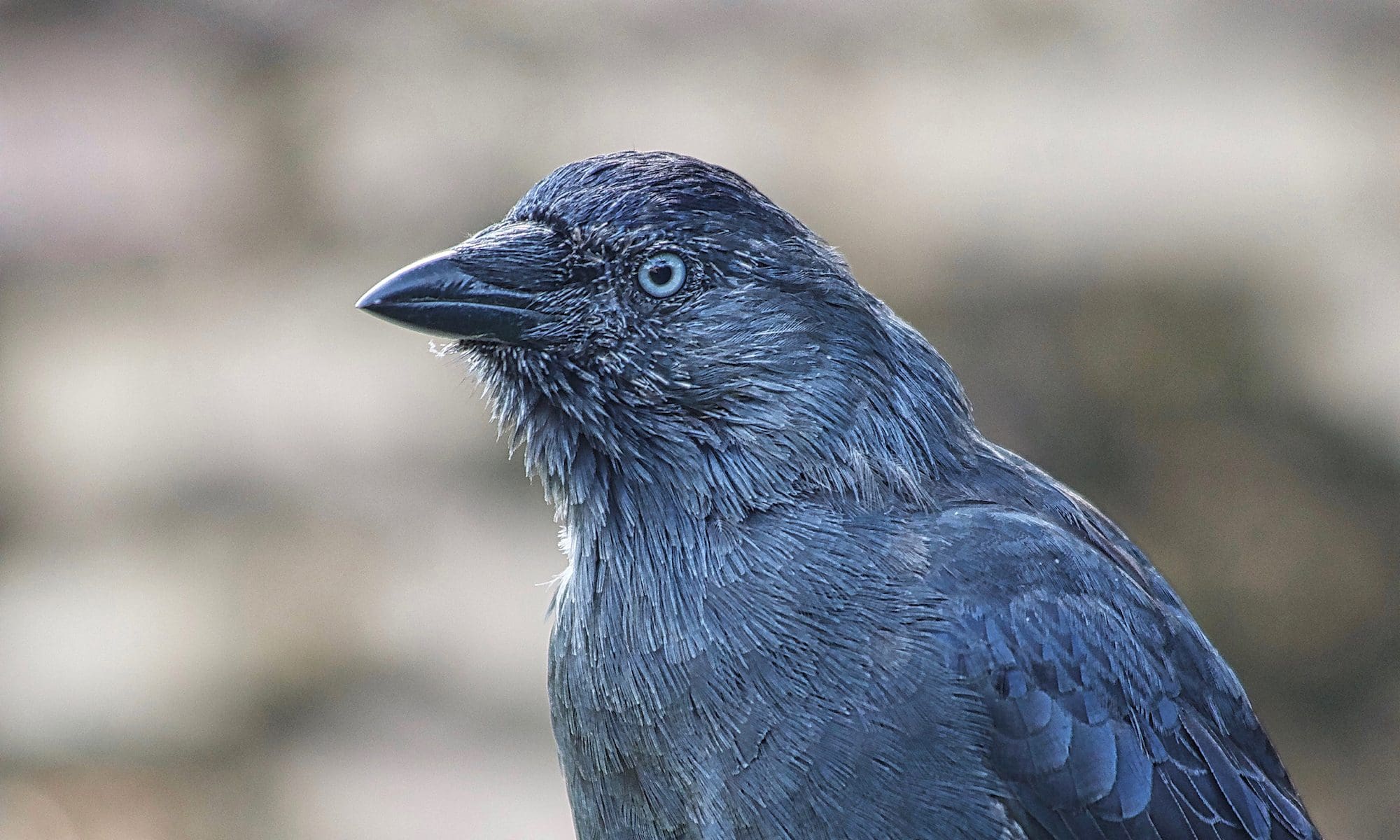The Myth Of Humane Lethal Wildlife Management
Let me get straight to the point – wildlife management using lethal methods such as culling or killing is not just unethical and unnecessary, it is scientifically proven to be inefficient in almost all cases, in particular long-term. However, despite this common knowledge, governments, farmers, hunters, gamekeepers, pest controllers and many conservationists will almost exclusively suggest lethal methods of wildlife control as the most effective solution in wildlife conservation, wildlife management and to address any wildlife related problem. Scientific evidence suggesting the opposite will be commonly ignored, wrongly interpreted, or used out of context. There are many known factors, which influence public opinion and behaviour, but also common and widely accepted management practices. First we will highlight some of the more common problems and misperceptions, as this kind of background information may prove useful for the general understanding, before we will explore examples of lethal wildlife management and their consequences.
Continue reading “The Myth Of Humane Lethal Wildlife Management”
Treating Animals With The Respect They Deserve
Being sentient means to have the capacity to have positive and negative experiences, such as feeling pain and pleasure. This applies at the very least to all animals with centralised nervous systems. Sentient beings have their very own unique personalities. We should refer to them as “he/she”, “them/they” or by species. The words “it” or “thing” should not be used to refer to an animal, and “who” is used rather than “that”. If you do not know the gender, then choose one: “he” or “she”. Even if your gender choice is wrong, it is more respectful than “it”. This is an important way of demonstrating the respect we ask others to afford all animals.
Continue reading “Treating Animals With The Respect They Deserve”




